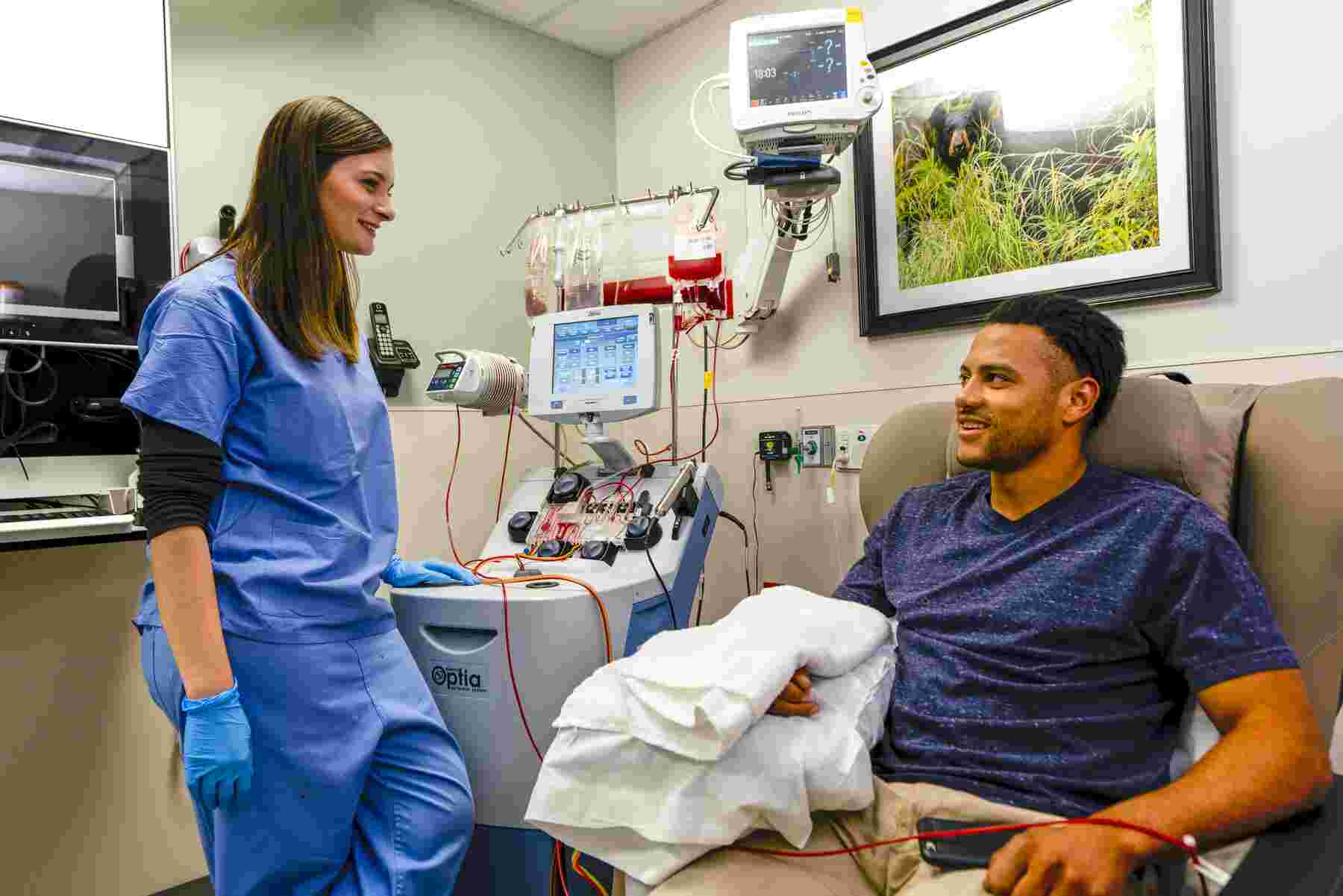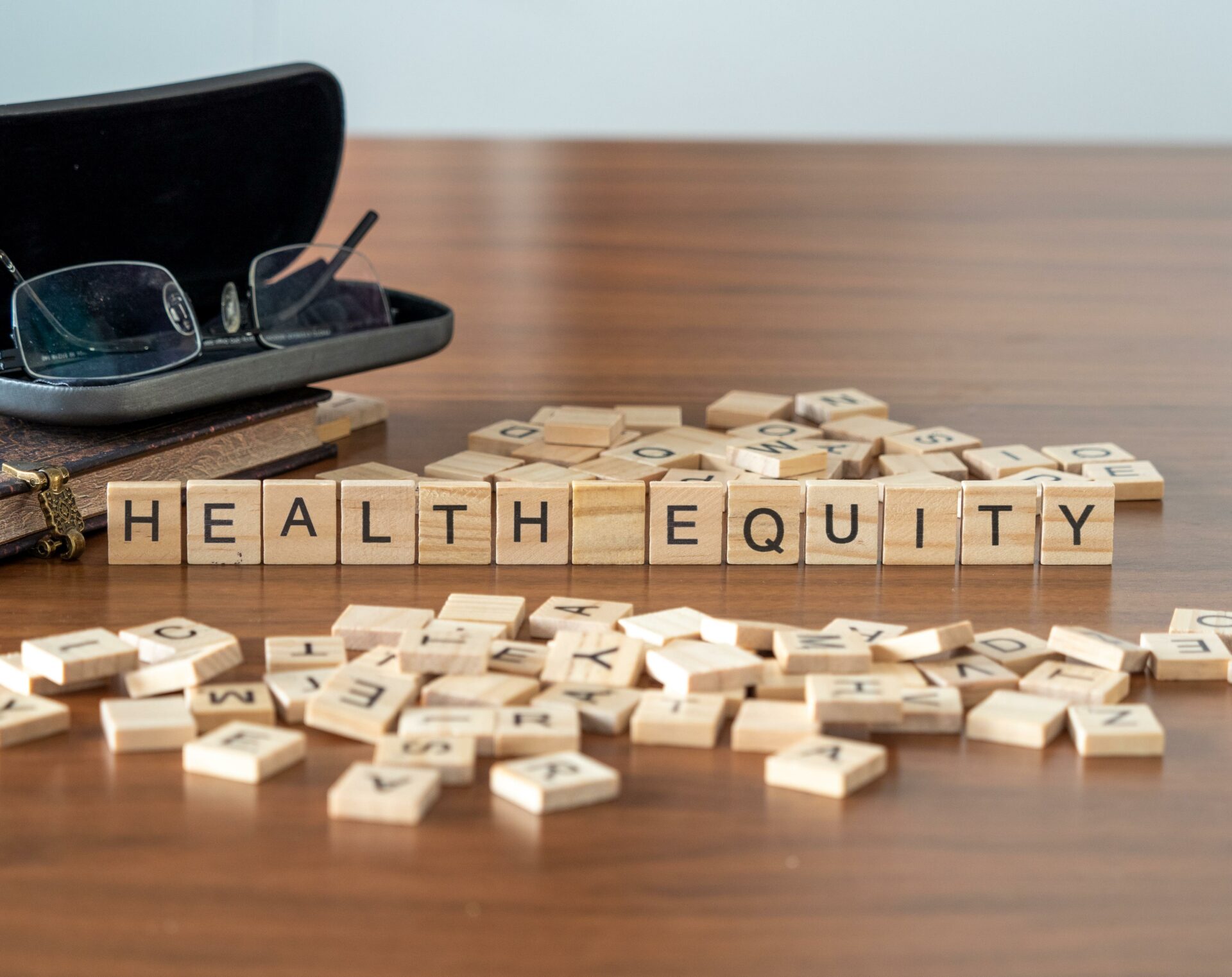A toolkit for healthcare staff has been published by the National Tracheostomy Safety Project (NTSP) in collaboration with the AHSN Network and the National Patient Safety Improvement Programmes in response to the COVID-19 pandemic, to support healthcare staff who are looking after patients with tracheostomies.
The number of patients requiring relatively prolonged ventilatory support in Intensive Care Units due to COVID-19 has led to increased numbers of patients requiring tracheostomies, which are used to help wean some patients from respiratory support. The toolkit provides information, practical resources and links to useful online training videos and websites.
The toolkit forms part of the NTSP COVID-19 resources and you can download it here.
Primarily the toolkit is for hospital staff. However, much of the material is also applicable to primary and community care settings.
What can you expect from the toolkit?
In this two-part blog series, the rapid roll-out of the Safe Tracheostomy Toolkit is explained along with the role of AHSNs and Patient Safety Collaboratives (PSCs) in the work.
- In the first blog, Dr Brendan McGrath, national clinical advisor for the National Patient Safety Improvement Programmes’ COVID-19 safe tracheostomy care response and intensive care consultant at Manchester University NHS Foundation Trust, explains why the pandemic accelerated the need for safety interventions for tracheostomies.
- In the second blog, Jay Hamilton, Patient Safety Collaborative Lead at Health Innovation Manchester, explains the role of AHSNs and PSCs in supporting the rapid spread of safety interventions to improve care.
You can also watch videos of Brendan’s blog and Jay’s blog.
Webinar: Tracheostomy in the COVID era
This webinar, organised by the Intensive Care Society and featuring the NTSP and AHSN Network, included discussion of the new toolkit. You can watch a recording of the webinar and download more resources here.
Bedside guide: routine tracheostomy care
The Chartered Institute of Ergonomics and Human Factors group has published a fast response guide intended for use by healthcare staff who have been assigned to care for patients with tracheostomies. You can download the bedside guide here, which contains a set of easy-to-use action cards that support the NTSP toolkit.
Tracheostomy passport
Working with partners across North West London, Imperial College Health Partners have created a series of resources to standardise approaches to safe tracheostomy care and surge response across teams. You can read more in this blog and download the NWL tracheostomy passport and discharge summary.
They have also published online learning resources on the e-Learning for Health hub on surge tracheostomy care.
Follow this link for more information on patient safety during COVID-19.

“Health equity is the attainment of the highest level of health for ALL people. Achieving health equity requires valuing everyone equally with focused and ongoing societal efforts to address avoidable inequalities, historical and contemporary injustices, and social determinants of health — and to eliminate disparities in health and health care.” (health.gov) Within the NHS there [...]

Sickle cell disease (SCD) is a serious and lifelong health condition. People with SCD produce unusually shaped red blood cells that can cause problems because they do not live as long as healthy blood cells and can block blood vessels. This can result in suffers experiencing painful episodes, called sickle cell crises, as well as anaemia, [...]

At the Royal Society of Medicine’s Tackling Inequalities conference it was clear from the passion in the room that great progress has been made across the system to better support some of our most under-served communities. To maintain this momentum, we must not just embed tackling health and healthcare inequalities in all that we do, [...]






